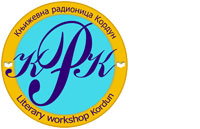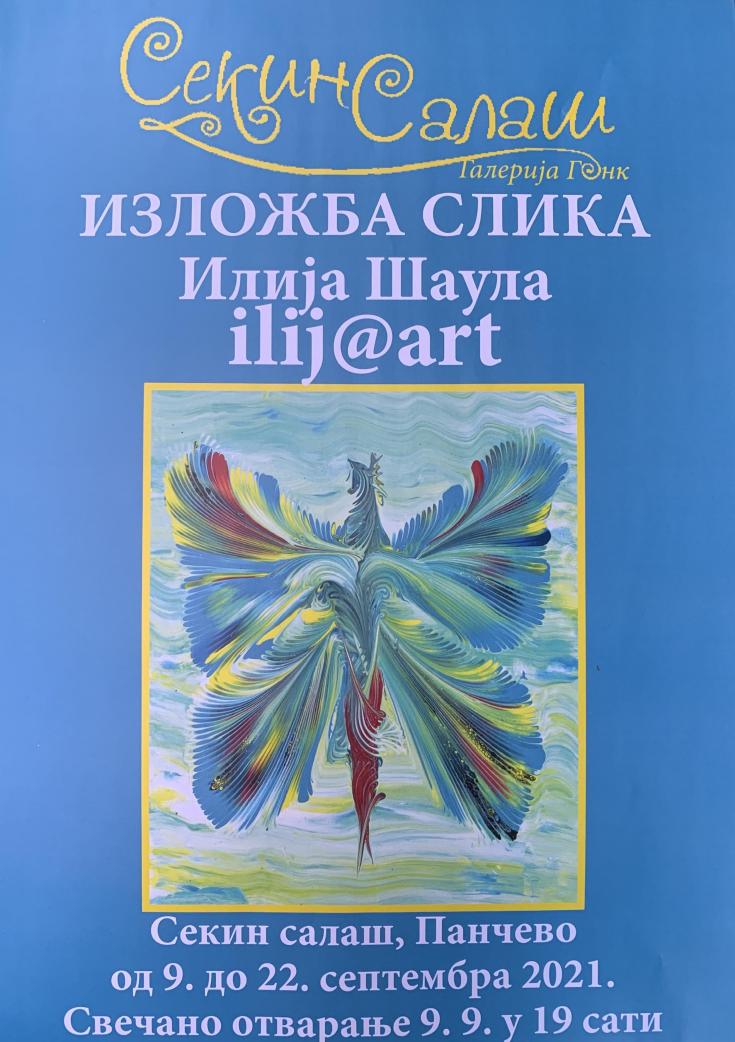 |
 |
     |
|
|
Reviews 
detail from: KRK Art dizajnFIERY PICTURES OF ILIJA SAULA By Dragan Jovanović Danilov The painting of Ilija Šaula could be defined as self-exploration and self-enlightenment by which one dives into the depths where the “shell of ego” resides. He is an artist of Mediterranean sensibility and spirituality in whose picture one discovers a lyrical ecstasy and dramatization which prevails over the mimetic representative paradigm of the painting. “Know how to live in oneself,” sang the Russian poet Tyuichev. This verse imposes itself upon me as I view the musically live pictures of Ilija Šaula. This artist does not explore too deeply in darkness, but his world builds upon the light of day. His artistic language evokes a rich register which from poisonous green moves into a warm coloristic palette in which red, copper, gold, incarnate, crimson, and warm ochre prevail. The decorative nature of this painter is illuminated with an interior marking. An invisible interior world is here visually transformed. Painting becomes a field flooded by poetry of an interior brightness. Hence in this artistic painting the joy of life and a bright orphism is manifested.
Ilija Šaula is with one leg in reality and with the other in the dream world, so that the world which he offers to us is captured in a state between dream and reality. All of this is in the paintings of Ilija Šaula ennobled with a visual warmth and visual embodiment. Šaula’s paintings, as if they originated in some painting forge, painted flashy jets of paste or fiery volcanic lava. And truly, his paintings are filled with Bengali radiant colors (cadmium, sunny ocher, orange hues), colorfully enflamed. The beauty of his sights is due to their ether-like quality and juicy pictorial material of ripe summer afternoons. Šaula’s painting expression is rich in dramatic accents by which the drama established a lively rhythmic movement. This artist uncovers the regions of his environment as a precious endemic. He esteems the beautiful, according to Plato’s “flowering of being.” This art of painting prevails over the rational, while the poetic atmosphere and colorful refinement overcome stylization and rational calculation. Through the atmosphere of reflection, Šaula offers a region illuminated with a mystic light. And light, as it was already spoken in traditional writings, is able to radiate out of oneself only by one who has light in the soul. The presentations of Ilija Šaula with miraculous picturesque vegetation suggests the paradise-like condition of the human being, but also some oneiric absence, a world far away from noise and rage of time. They are transfixed by an Arkadian coloristic eroticism. Šaula did succeed with floral symbolism and magical impregnation of nature to show in his painter’s field a desire for space of a happy residence. We discover in his pictures a kind of prayer of purity, an invitation to renew that intimate contact with nature, and in her secret bosoms discover a warm area for ourselves. The canvasses of Ilija Šaula surely do not fit into our informational-communicative time. But his painter’s activity affirms that even in the digital surrounding of contemporary culture, the picture continues to live as a product of manual processing and emotional exuberance. Through a complex register of light and shadow, warm and cold tonality, Ilija Šaula tells the story of a plant-like spirituality, the light of Creation and her evolutionary warmth which alone can provide protective heat from the metaphysical cold. In the attachment see the catalogue with Saula's work
|
2025 © Literary workshop "Kordun"   |








